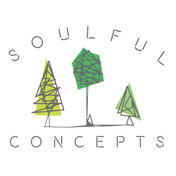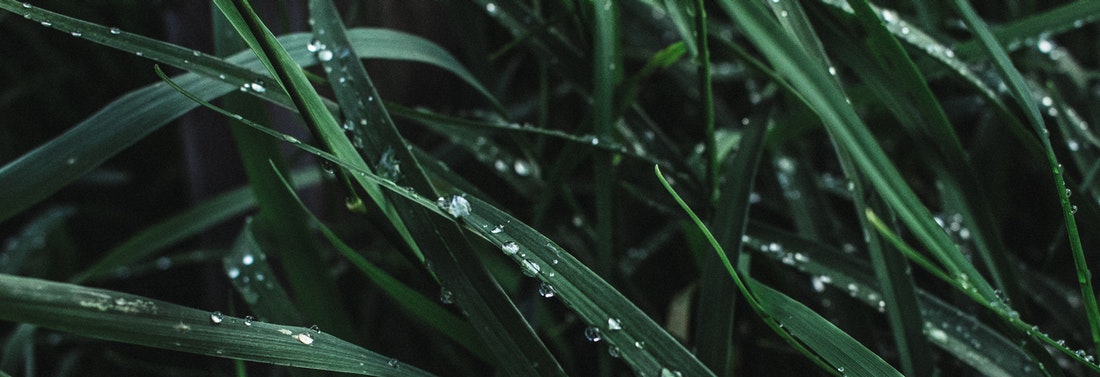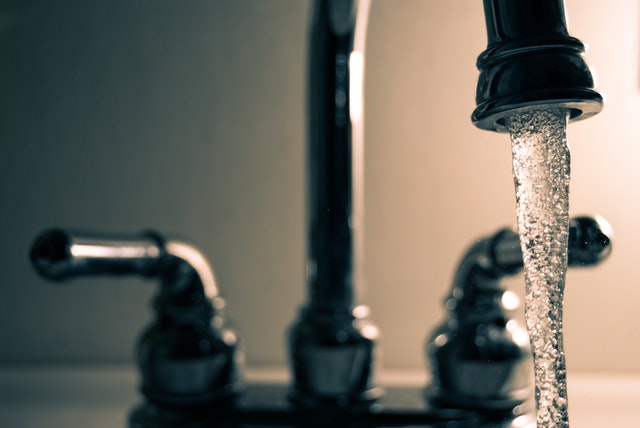Rainwater Harvesting and Recycling for Beginners
Humanity and other species rely on abundant unpolluted resources to strengthen biodiversity and longevity. Modern society struggles to preserve the global freshwater supply, contaminating it with industrial pollution and residential runoff.
Fortunately, both age-old and modernized rainwater harvesting techniques can help us engage in water recycling in our homes and communities. For large-scale efforts, environmental engineers and scientists have increased the efficiency and sophistication of rainwater harvesting systems to boost residential and commercial sustainability levels.
Here’s what you need to know about rainwater harvesting and recycling for beginners.
Ecological Challenges of Stormwater Runoff
Rainwater harvesting and water reclamation technology improves environmental conservation by reducing stormwater runoff. Rainwater that leaves residential and commercial properties can harm aquatic life. That’s because many individuals use landscape additives, like synthetic fertilizers and pesticides, to support vegetation growth.
When stormwater leaves a property, it carries these pollutants to local water supplies like rivers and streams. In agricultural regions, the rain may transport a high quantity of contaminants to freshwater sources. Eventually, synthetic fertilizers and pesticides make their way to the ocean, creating algal blooms.
When algae develop, they deplete local marine oxygen levels. They also reduce ocean floor light exposure, decreasing the suitability of habitats. Aquatic species must flee regions altered by eutrophication.
Fish and other species become vulnerable when they leave their habitats. Many creatures are unable to survive without adequate food sources and protection. Over time, they may experience endangerment or extinction from runoff-derived toxins.
Individuals can reduce eutrophication by installing rainwater harvesting and water reclamation systems. Before installing the technology, exploring the functionality and benefits of both is essential.
What Are Rainwater Harvesting Systems?
Rainwater harvesting systems effectively reduce stormwater runoff by collecting and repurposing excess water. The devices range from traditional barrel systems to sophisticated purification versions. Modern rainwater harvesters catch rainwater and snowmelt in large tanks.
The system either transfers the water directly to an irrigation device or pumps it into a filtration structure. After purification, a pump moves the water into faucets, showerheads, washing machines, hoses and more, reducing your reliance on city water supplies. The technology also supports net-zero buildings, eliminating atmospheric and aquatic pollution.
What Are Water Reclamation Systems?
Another device minimizing marine pollution and degradation is a water reclamation system. The technology collects and processes wastewater, producing a sustainable nonpotable water supply. Like rainwater harvesting systems, the level of sophistication influences its potential uses.
Many cities are improving their pollution reduction efforts by using low-level filtration processes to produce a water supply, supporting street cleaning, irrigation, fire prevention resources and car washes.
Some systems also collect the solid waste from treatment plants and convert it into energy. Professionals use this energy to power the water reclamation technology, producing a closed-loop system. Reducing a facility’s reliance on fossil-fuel-derived power improves atmospheric conservation.
Water reclamation and rainwater harvesting systems improve local atmospheric and surface conditions.
The Benefits of Conserving Freshwater Supplies
Water conservation technology offers various owner benefits. Rainwater harvesting systems decrease soil saturation and reduce residential flooding. It also helps individuals save money because water damage costs can reach $12,000 from cleanup practices to restoration projects.
The pollution-reduction systems may also improve your financial savings. When you rely on stormwater, you eliminate your monthly water bill. Individuals can additionally connect their water conservation technology to renewable energy systems, further decreasing utility costs.
The most significant benefit of rainwater harvesting and water reclamation systems is ecological conservation. We can improve marine biodiversity levels and increase global access to clean drinking water by utilizing sustainable technology. You can install one today to lower your carbon and water footprints.
How to Adopt Sustainable Water Technology
Individuals can adopt water conservation technology by locating a local distributor and installation professional. You may save money when purchasing a system from a manufacturer that also performs residential and commercial fittings.
Additionally, you can increase your property’s compatibility with this tech by placing water pipes and pumps at the lowest level of your landscape, expanding your collection. Rainwater harvesting is a fantastic way to improve the planet’s health and save money on your water bills.
Author Bio: Evelyn Long is a writer and the editor-in-chief of Renovated. Her work focuses on green building and sustainability initiatives.




Sorry, the comment form is closed at this time.